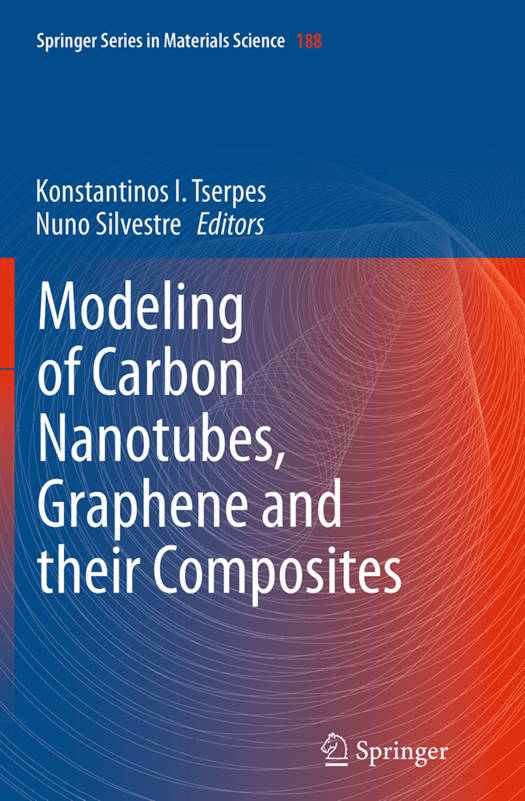
En raison de travaux planifiés, le Cloud Vivlio ne sera pas accessible le mardi 9 juillet entre 00h00 et 05h00. Les E-Books achetés pendant cette période seront activés par la suite.
- Retrait gratuit dans votre magasin Club
- 7.000.000 titres dans notre catalogue
- Payer en toute sécurité
- Toujours un magasin près de chez vous
- Retrait gratuit dans votre magasin Club
- 7.000.000 titres dans notre catalogue
- Payer en toute sécurité
- Toujours un magasin près de chez vous
Modeling of Carbon Nanotubes, Graphene and Their Composites
105,45 €
+ 210 points
Description
A large part of the research currently being conducted in the fields of materials science and engineering mechanics is devoted to carbon nanotubes and their applications. In this process, modeling is a very attractive investigation tool due to the difficulties in manufacturing and testing of nanomaterials. Continuum modeling offers significant advantages over atomistic modeling. Furthermore, the lack of accuracy in continuum methods can be overtaken by incorporating input data either from experiments or atomistic methods. This book reviews the recent progress in continuum modeling of carbon nanotubes and their composites. The advantages and disadvantages of continuum methods over atomistic methods are comprehensively discussed. Numerical models, mainly based on the finite element method, as well as analytical models are presented in a comparative way starting from the simulation of isolated pristine and defected nanotubes and proceeding to nanotube-based composites. The ability of continuum methods to bridge different scales is emphasized. Recommendations for future research are given by focusing on what still continuum methods have to learn from the nano-scale. The scope of the book is to provide current knowledge aiming to support researchers entering the scientific area of carbon nanotubes to choose the appropriate modeling tool for accomplishing their study and place their efforts to further improve continuum methods.
Spécifications
Parties prenantes
- Editeur:
Contenu
- Nombre de pages :
- 332
- Langue:
- Anglais
- Collection :
- Tome:
- n° 188
Caractéristiques
- EAN:
- 9783319343204
- Date de parution :
- 23-08-16
- Format:
- Livre broché
- Format numérique:
- Trade paperback (VS)
- Dimensions :
- 156 mm x 234 mm
- Poids :
- 485 g






